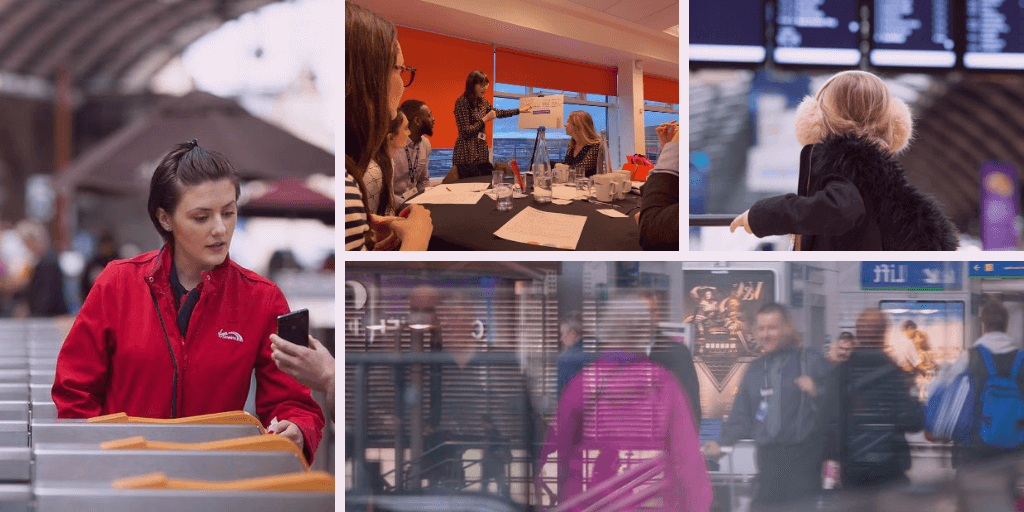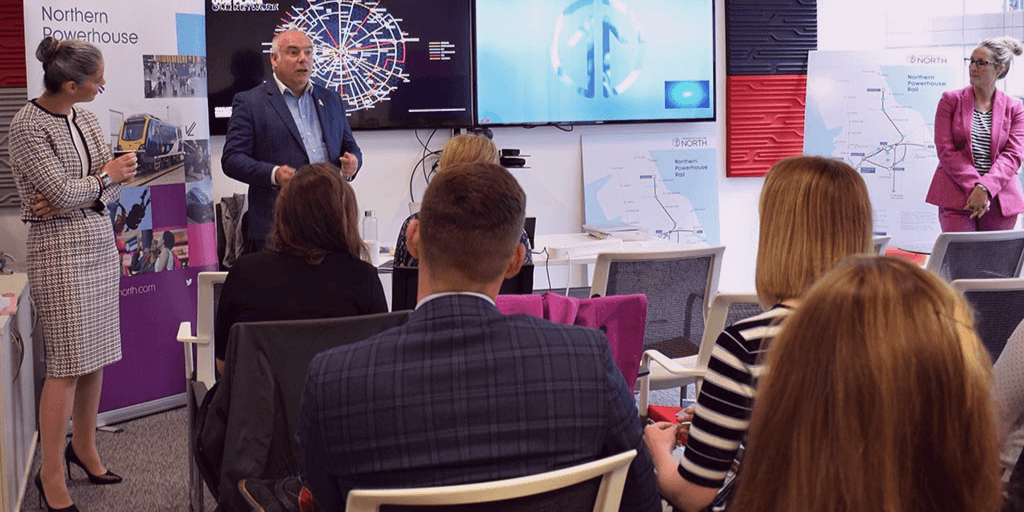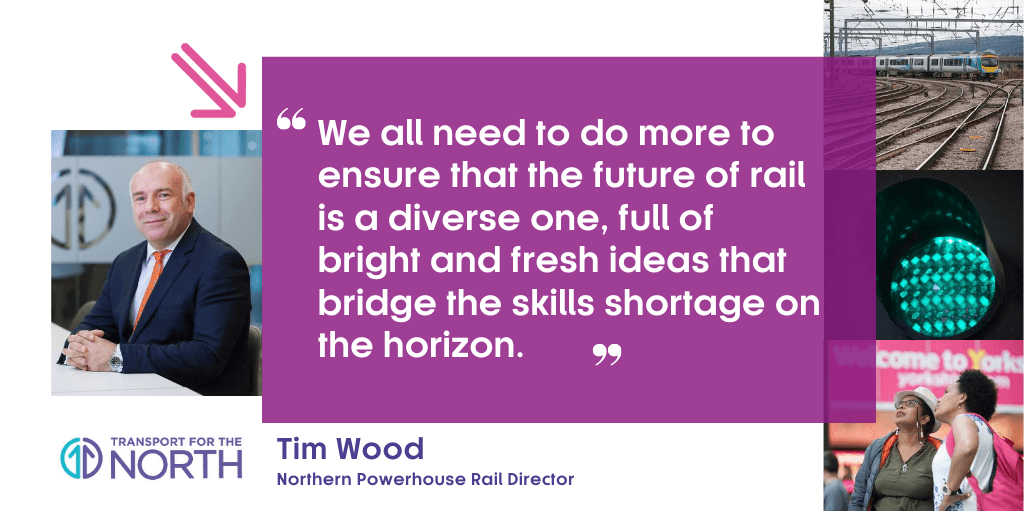There is no doubt in my mind that it is an incredible time to be working in rail.
The industry has seen significant growth over recent years in terms of passenger numbers, while progress on major network infrastructure projects continues at pace.
Coupled with that, announcements from the government indicate that rail will play a central role in the levelling-up agenda, as well as a green economic recovery post-Covid-19, proving that the industry is one of the most exciting to have a career in.
But despite the positives, the rail sector faces a significant problem – a shortage of talent and diversity of skills. A central reason to the issue is a lack of gender diversity. Government figures show that only 13.4 per cent of employees working in rail are women, the sector as a whole employs around 240,000 people.

Rail needs women and their skills but not only that, studies show that more gender-diverse workplaces deliver a multitude of benefits including increased productivity and creativity, and reduced employee turnover. This is apparent in NPR where the turnover of staff within the programme has been less than one per cent since 2017 of directly employed professionals.
At Transport for the North the gender split of staff is an improvement on the national picture as 32 per cent of employees are female, better yet 44 per cent of the Northern Powerhouse Rail team is made up of women.
Women are playing key roles in our programme delivery, helping to develop Northern Powerhouse Rail’s strategic outline case as it progresses toward agreement from the North’s political and business leaders in March of next year.
While the statistics are a positive in comparison to the national numbers, Transport for the North has been working to see how to improve working practices to make the organisation even more welcoming and attractive.

That work has led to an action plan that has identified four key areas for improvement: reviewing attraction and selection methods to reach as wide a candidate pool as possible; engaging and retaining a talented workforce with development opportunities that develops careers; creating a culture where people can thrive irrespective of gender, ethnicity, disability or background; and creating a distinct employer brand that appeals to a wide talent pool.
Organisations within rail are doing more to attract women to a career in the industry and initiatives, for example HS2’s recent public campaign encouraging young women into the sector on International Woman’s Day, are to be welcomed. However, to ensure Northern Powerhouse Rail and other major infrastructure rail schemes are delivered, the sector must ensure the skills gap is met through a diversification in the employee make up of the industry.
To ensure the North is truly transformed and realises the significant economic, environmental and social benefits Northern Powerhouse Rail promises to deliver, rail has to attract the brightest and most capable young minds. People – no matter their background, gender or ethnicity – that are of the highest calibre and capability.

For decades there has been a perception, arguably rightly so, that rail is an industry dominated by white, middle aged men. We all need to do more to ensure that the future of rail is a diverse one, full of bright and fresh ideas that bridge the skills shortage on the horizon.
Only then can we deliver the transformational rail infrastructure schemes that will benefit millions of Northerners for generations to come.
A key part of ensuring as many people as possible benefit from these transport infrastructure improvements is to implement inclusive solutions. In the Government’s announcement about the TransPennine Route Upgrade it was outlined that all train stations will be accessible, making it easier for disabled passengers to travel by rail, something Transport for the North requested was part of the plans.
Inclusivity will be at the centre of Northern Powerhouse Rail stations, the programme will deliver for everyone in society.
A version of this article by Tim Wood, Director of Northern Powerhouse Rail at Transport for the North, originally appeared in the August/September issue of Rail Technology Magazine.
You can view the magazine online.